Online, offline and mobile planetariums

Technologies do not stand still - new projects appear, new versions of existing programs are released. And with the development of web technologies, a multitude of online planetariums and maps of the solar system and its surroundings appeared. I bring to your attention a small overview of online resources and programs that need to be installed on a local machine. And a few words about mobile planetarium for Android.
Online resources
Simple and very functional
If you need a simple and functional online planetarium, then probably the most suitable resource is heavens-above.com . Here you can find a lot of useful information - the visibility of the ISS, bright satellites, flashes of Iridiums, maps of the sky and the Solar System, the location of visible comets. By the way, despite the somewhat archaic interface, the developers are not standing still, they released a pretty animation of the ISS on WebGL:
')
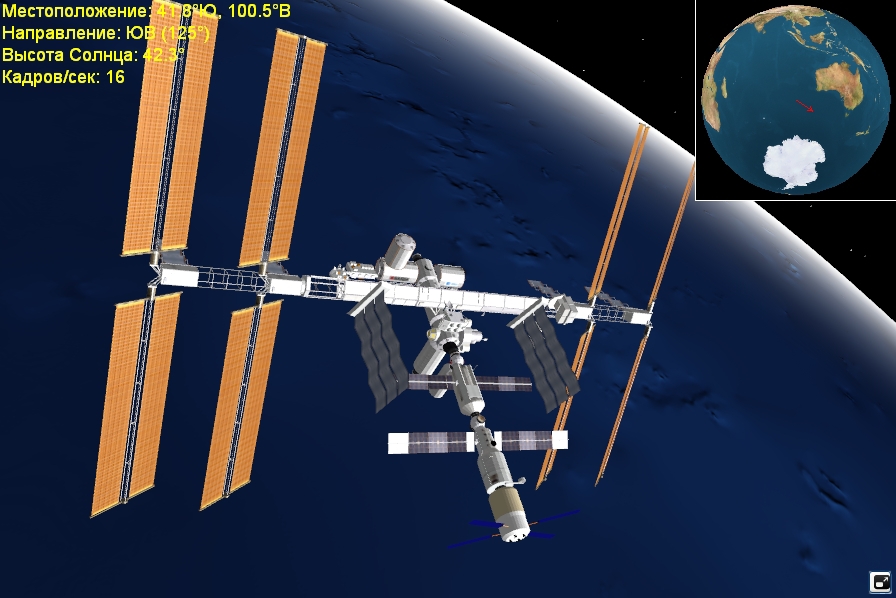
Also released an application for Android (very good, about it in the appropriate section). And the sky map is now interactive - by clicking on a point, an enlarged portion of the sky is shown:
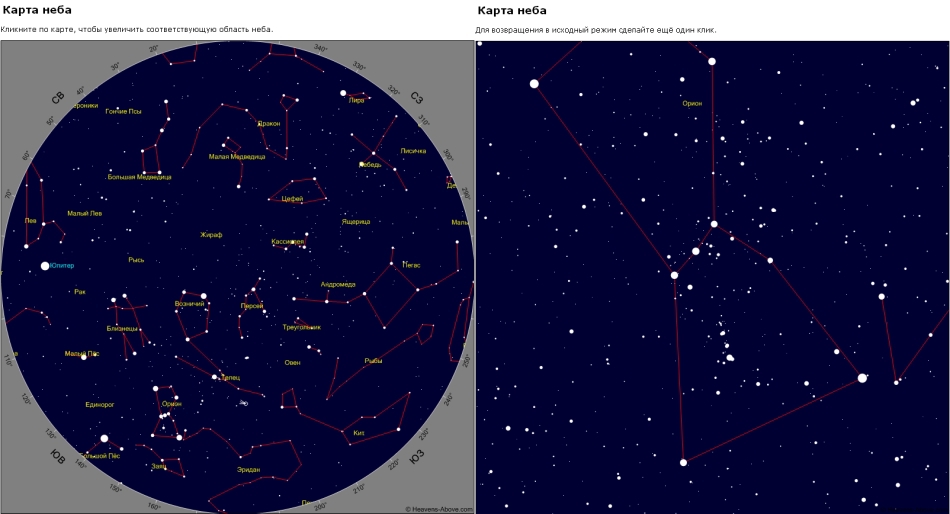
For those who want something more technologically advanced - there are planetariums with the ability to rotate the direction of sight with the mouse, for example, one , two or three .
Astrophotograph collection
If you are interested in what the Hubble or VLT “eyes” of the Andromeda nebula look like, for example, and no matter where it is now in the sky above your head, then sky -map.org will please you:
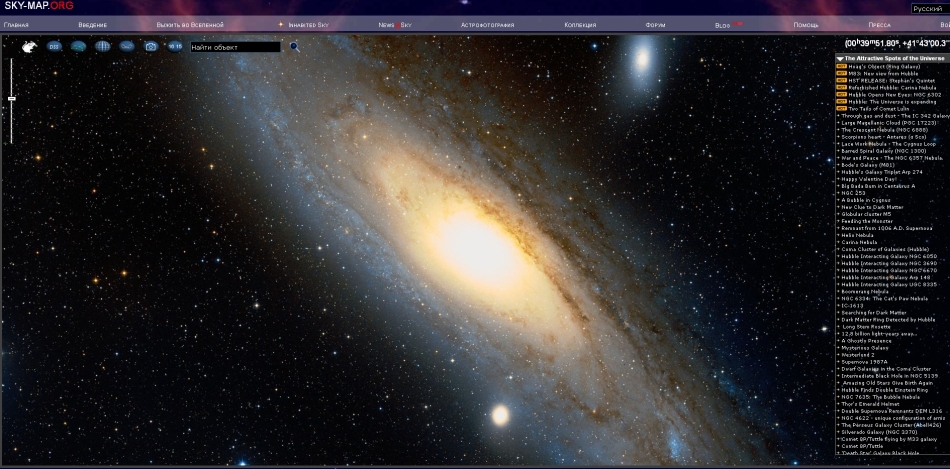
The site is a collection of photographs of various telescopes at various scales, from photos of the whole sky to point objects. Mosaic of different photos is a bit like Google Maps:

There is a similar Google Sky resource and SkySurvey site with one common photo, but faster navigation.
Solar system and surroundings
If you are interested in the nearest environment of the Sun, then there is an excellent resource 100 000 Stars with an interactive map:
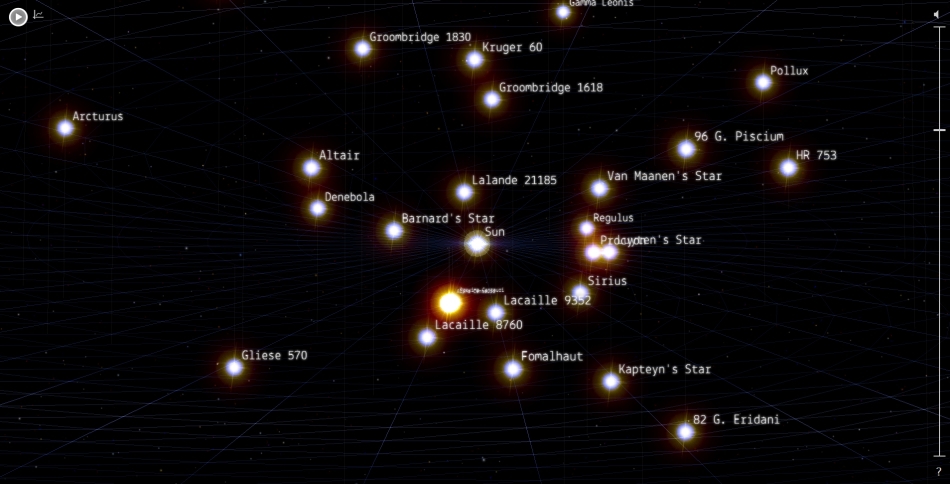
The solar system is given in scale, for a better understanding of the enormous distances. And for some nearby stars, Wikipedia information is given:
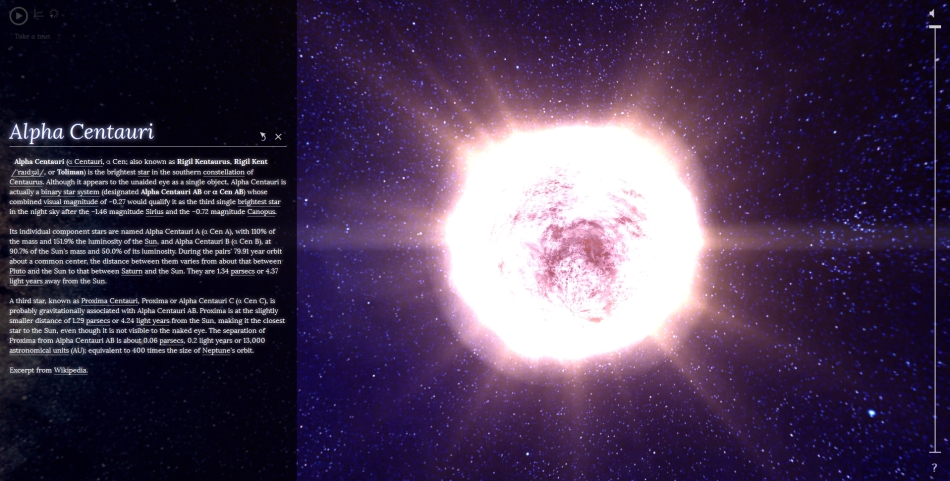
If you only need one solar system, then there is a nice Russified Solar System Scope resource with a solar system diagram, the ability to rewind time and a starry sky map:
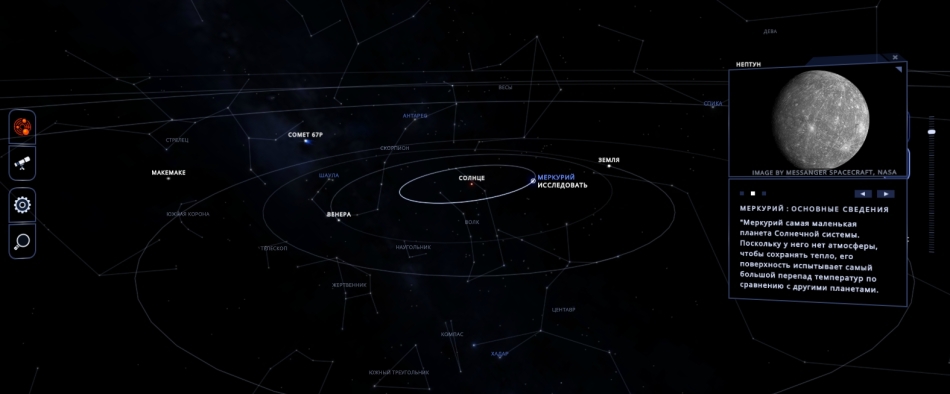
There is another SunAeon resource that is similar, but somewhat different.
PC software
Planetarium for every day
In my opinion, the best planetarium for normal use is Stellarium . Free, cross-platform, with powerful functionality - visibility of the ISS and satellites, the ability to add a comet, to know where to look on a specific day, with a simulator eyepiece. The program is required to install, even if you are not fond of astronomy. Funny, Stellarium was on my work machine at one of the past works, and even came in handy once on completely working cases ...
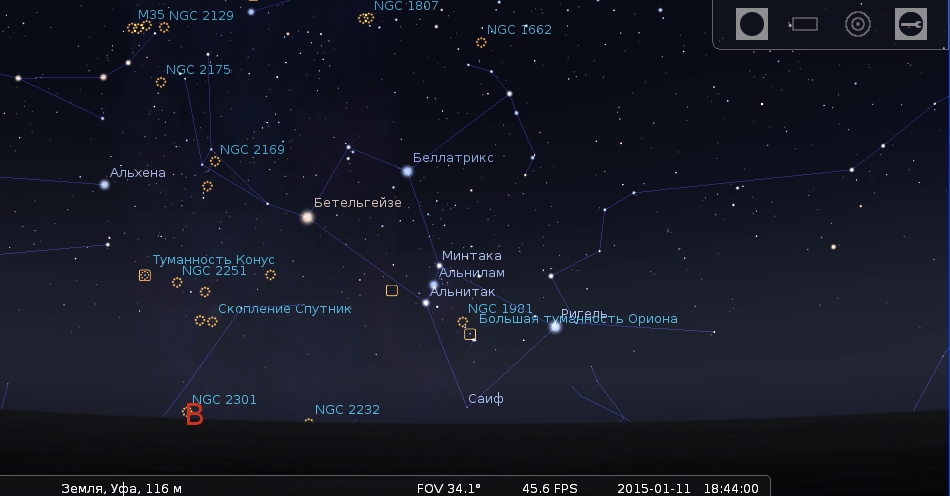
It also makes sense to mention WorldWideTelescope . The developer is Microsoft, which is both the strength and weakness of the program. The latest version does not support Windows older than Win 7, and the browser client needs Silverlight. But the program is free, and its strongest side is the abundance of virtual tours of interesting places that allow you to go on a tour in the sky in the company in the company of a professional astronomer.
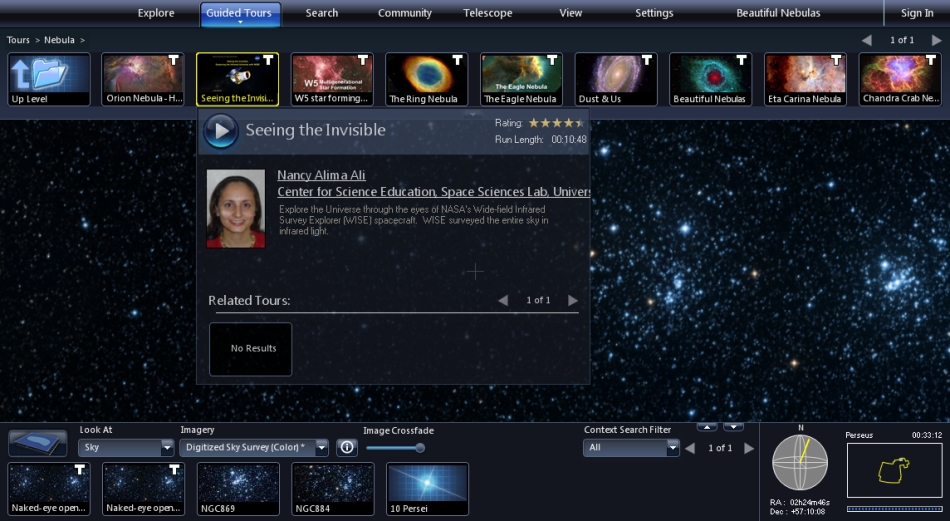
Universe like a sandbox
Fabulously beautiful project SpaceEngine . This is not exactly a planetarium, except for known stars, nebulae and galaxies, the Universe is filled with procedurally generated star systems that allow you to move freely. Text to explain a little sense, you just have to look at it, in good quality and expanding to full screen:
In December 2014, version 0.9.7.2 was released, it added support for 3D glasses, monitors and Oculus Rift, lava (with volcanoes and lava planets), city lights, heat and a lot of interesting things less. Unfortunately, because of the bug, compatibility with Windows XP has fallen off, and stability still leaves much to be desired. In my opinion, the project would be greatly useful testers volunteers. I hope they will be attracted by the breathtaking beauty of the program:
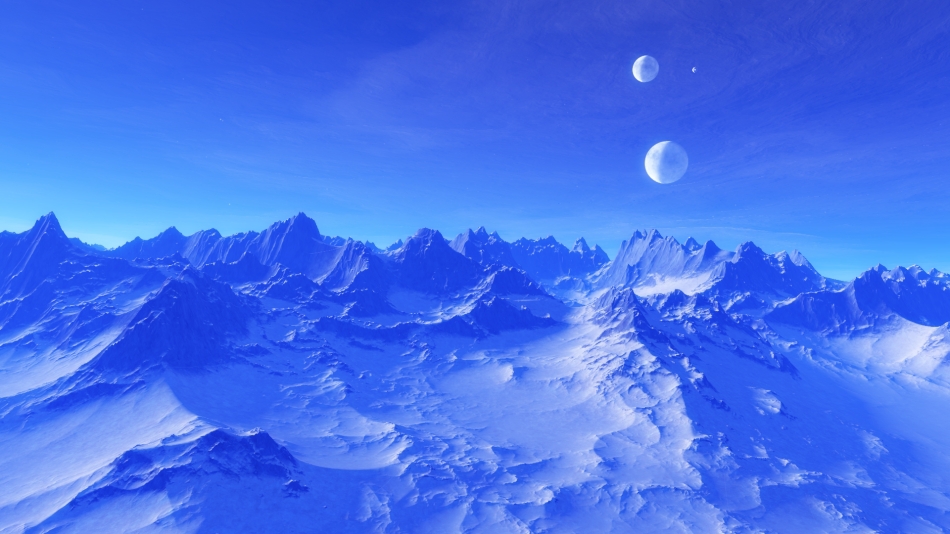



For pure realists, there is Celestia , in which there are only real-life objects, and the graphics are much simpler. But it works more stable.
Mobile planetariums
Of the few free Android planetariums that I tried, I liked Star Chart the most, free functionality is enough for everyday use. The only unpleasant bug was that the program was updated before the clock was transferred to the Russian Federation back, and now it is one hour ahead of local time.
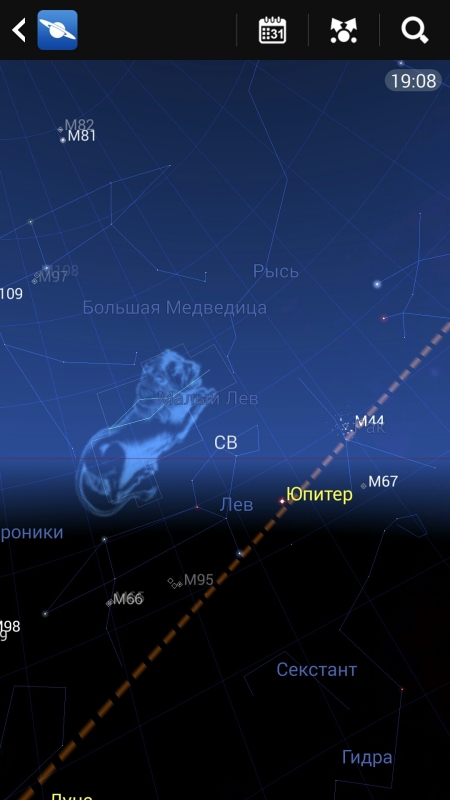
A real discovery was the mobile application from Heavens Above. It is intended mainly to show that interesting things will fly overhead (ISS, bright satellites, Iridium flashes), and perfectly complements ordinary planetariums:

Information sources
Initially, I wanted to write just the news about the release of the new version of the Space Engine. Thanks to the Vkontakte Astronomical Education and It Works | Science " for the post , prompted the idea to make a more detailed review.
The Space Engine used screenshots from the official forum as illustrations.
Source: https://habr.com/ru/post/375381/
All Articles